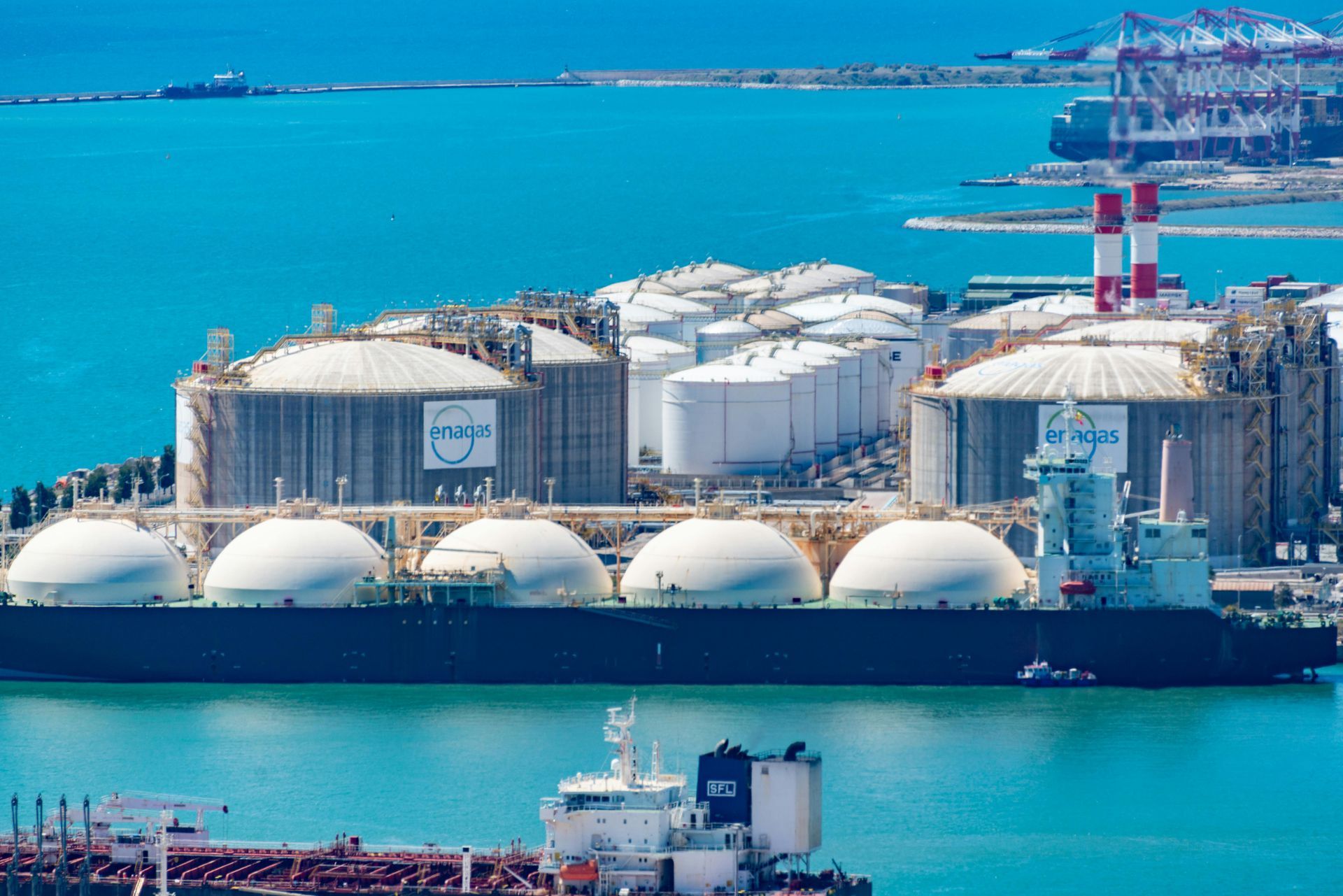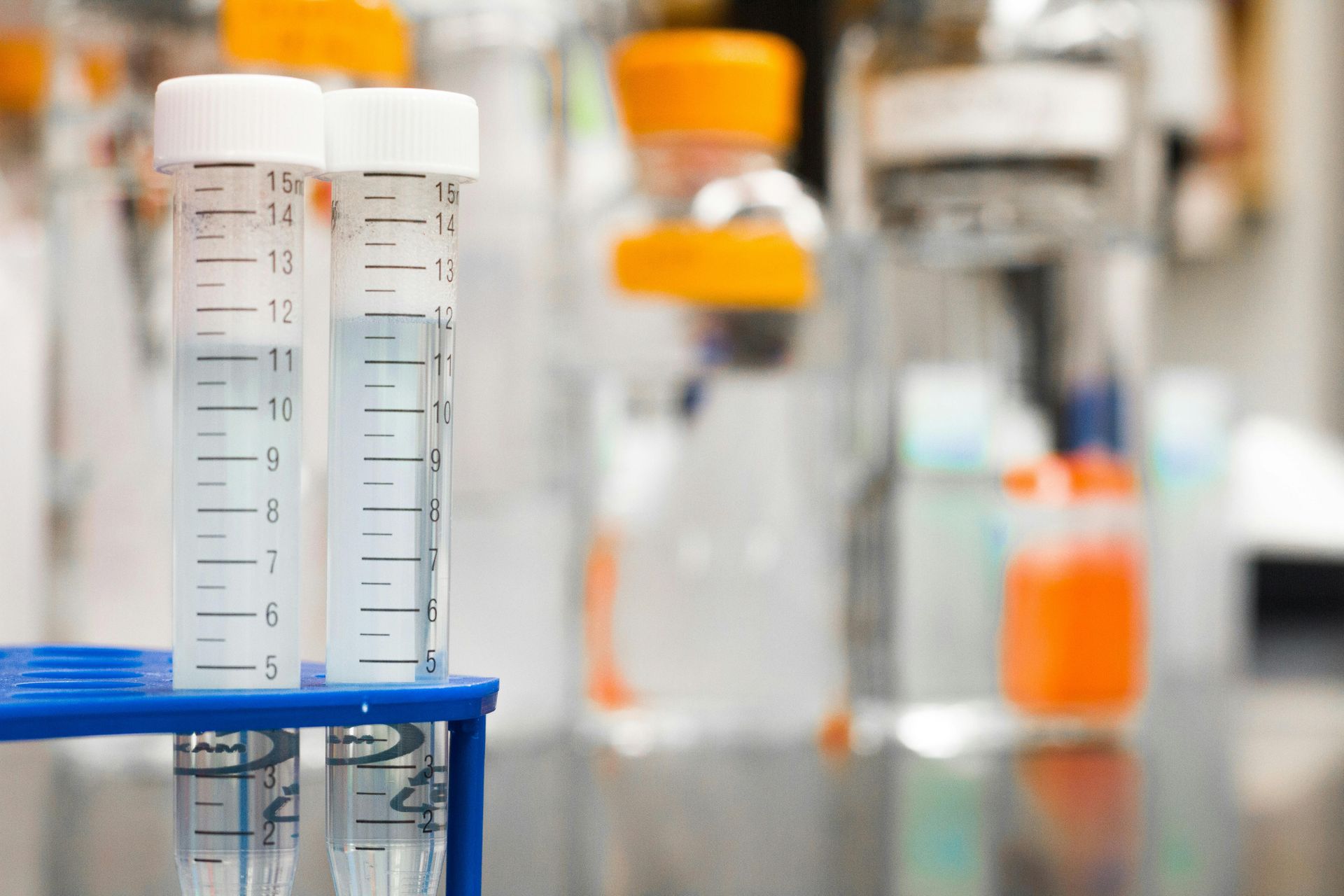Researchers Investigate Advanced Energy Storage Solutions
Polymer-air batteries encounter challenges related to stability, kinetics, and conductivity. Dr. Jodie Lutkenhaus has devised a method to utilize a polymer as the anode in these batteries. In a recent Joule article, she, along with Dr. Abdoulaye Djire, elucidated how these polymers store and exchange charge with the electrolyte.
The cathode reacts with oxygen to complete the circuit, and a conjugated polymer with a rigid backbone structure is specifically chosen for the anode. This design renders the polymer both conductive and stable, facilitating reversible reactions essential for repeated charging and discharging.
Despite the advantages of aqueous polymer-air batteries, such as enhanced safety, cost reduction, higher ionic conductivity, and sustainability, their electrochemical performance is limited. To address this, researchers have explored alternative polymer anodes with benefits like low cost, easy functionalization, and high stability.
The battery's rigid ladder structure, fast kinetics, and high electrical conductivity enable it to undergo 500 cycles with minimal performance loss. The article also reveals a real-time charge transfer mechanism, demonstrating a rapid hydronium ion charge compensation process.
Metal-air batteries boast higher energy density than conventional lithium-ion batteries due to the oxygen cathode. However, using metal anodes in air batteries presents challenges like stability, cost, and environmental impact. Issues such as dendrites, passivation, and corrosion on the metal anode lead to low utilization and inferior cycling stability.
Dr. Lutkenhaus emphasizes that polymer-air batteries offer an alternative for energy storage, providing high capacity and a long cycle life. The extended cycle life implies that batteries can be used for a more extended period before requiring recharge or replacement. Air-based batteries are promising for high-energy applications due to their lower mass, but the generation of carbonate deposits in long-term operation can be mitigated by using a polymer as an electrode and altering the electrolyte.
By Raven Wuebker









